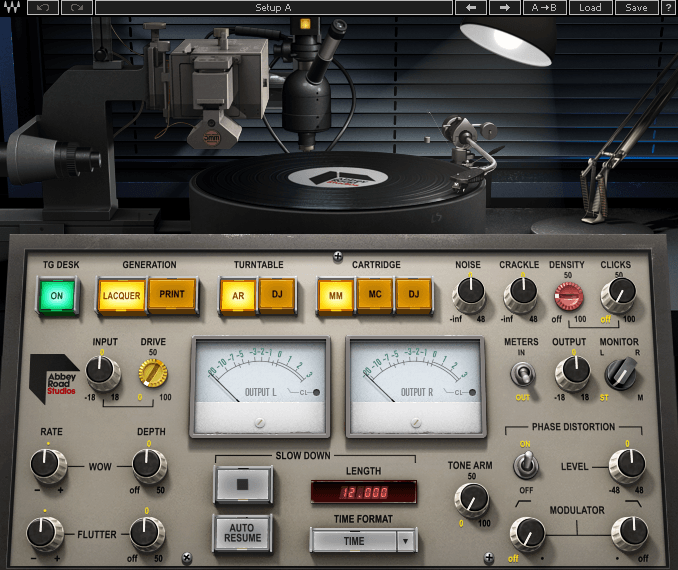LOFI MUSIC ACADEMY
Sound Design Tips for LoFi Producers: Crafting Nostalgic and Warm Sounds
LoFi music thrives on mood and atmosphere, and sound design plays a huge role in creating that cozy, nostalgic vibe. Whether you're just starting out or already have some experience under your belt, having the right approach to sound design is essential for making your LoFi tracks stand out. In this blog post, we'll explore some of the key sound design techniques used by LoFi producers, from creating warm pads to adding that all-important touch of imperfection. Let’s dive in!
1. Creating Warm, Lush Pads
In LoFi music, pads often serve as the backbone of your track, setting the tone and filling out the harmonic space. These ambient, evolving sounds add depth and help create the dreamy atmosphere LoFi is known for. But how do you create those lush, warm pads?
Use soft, warm sounds: Start with synth patches or sampled instruments like electric pianos, which naturally lend themselves to LoFi’s mellow, nostalgic feel.
Low-pass filters: Applying a low-pass filter to remove higher frequencies helps soften the sound, making it warmer and more distant in the mix. This will keep the pads from competing with other elements like the melody or drums.
Modulation and Detuning: To make your pads sound more organic, try adding subtle modulation, such as pitch wobble or detuning your oscillators slightly. This mimics the imperfections of analog equipment, giving the pad a more vintage feel.
For sound design, synths like Xfer Serum, Arturia’s Analog Lab, or the free plugin Vital are excellent tools for crafting these warm, evolving pads.

2. Creative Use of Textures and Ambient Sounds
One thing that sets LoFi apart is the use of field recordings and ambient sounds to create a sense of place and atmosphere. These elements can be subtle but are essential to making your track feel lived-in and immersive.
Field recordings: Whether it’s rain, birds chirping, or the faint hum of traffic, incorporating ambient recordings into your track helps create a mood and adds texture. These sounds blend with your music and set a scene for your listener.
Layer with care: The key is subtlety. Textures should complement the music without overwhelming it. Use low-pass filters and reverb to push these sounds into the background, so they add depth without distracting from the main musical elements.
Field recordings can be captured on your phone or found in sample libraries, making them easy to integrate into your productions.

3. Embracing Imperfections for Vintage Vibes
One of the most defining features of LoFi music is its embrace of imperfections. Whether it's vinyl crackle, tape hiss, or subtle pitch wobble, these elements add warmth and character to your tracks, making them feel nostalgic and authentic.
Vinyl crackle: Plugins like iZotope Vinyl or RC-20 Retro Color can help you add vinyl crackle, tape hiss, or other analog imperfections to your tracks. These subtle noises create a vintage feel, making the music sound as if it’s being played from an old record player.
Pitch wobble and “wow and flutter”: Use tape emulation plugins or manually automate pitch to create slight, wavering pitch shifts. These imperfections imitate the natural inconsistencies found in analog recording equipment, adding depth and warmth to your sound.
Saturation and distortion: Adding saturation or subtle distortion mimics the harmonic qualities of analog tape, making your track feel “worn-in.” Try plugins like Waves J37 or Soundtoys Decapitator to give your sounds that rich, saturated texture.
In LoFi, imperfections aren’t mistakes—they’re part of the aesthetic. Adding these elements intentionally can make your track feel more human and organic.
4. Quick Tips for Better Sound Design in LoFi
To wrap things up, here are a few quick sound design tips that can elevate your LoFi production:
Experiment with unusual sound sources: LoFi is all about creativity. Don’t be afraid to sample unconventional sounds or experiment with instruments you wouldn’t normally use.
Use automation: Automating filters, pitch, or even volume can add subtle movement to your track, keeping it dynamic and evolving without drastic changes to the arrangement.
Layering is key: Try blending different sounds together to create unique textures. Layering pads, textures, or even melodies can add depth and complexity to your track.
Conclusion
Sound design is one of the most important tools in your LoFi production toolkit. Whether you’re creating warm, evolving pads, adding ambient field recordings, or embracing imperfections, these techniques will help you craft that cozy, nostalgic LoFi vibe. Remember, LoFi music is all about mood and atmosphere—so experiment, have fun, and don’t be afraid to embrace the imperfections that make your music stand out.
By using these sound design techniques, you’ll be well on your way to crafting the lush, immersive soundscapes that are the hallmark of great LoFi music.
Looking for more tips? Check out the Lofi Music Academy podcast and dive deeper into sound design and other essential topics for LoFi producers.
Stay tuned for more posts on LoFi music production, and happy producing!
Lofi Music Academy
If you have any questions, please leave a comment in the community area or use the contact form. Thank You --
Discover the 6 Essential Steps to Create a Release-Ready Lofi Track from Scratch—using just budget gear in your bedroom or home studio!
Click The Button Below To Receive The Free 27-page PDF, "6 Essential STEPS to Create a Release - Ready Lofi Track from scratch"
When you signup, I'll be sending you weekly emails with additional free content.
©2025 Copyright LOFI MUSIC ACADEMY. All Rights Reserved